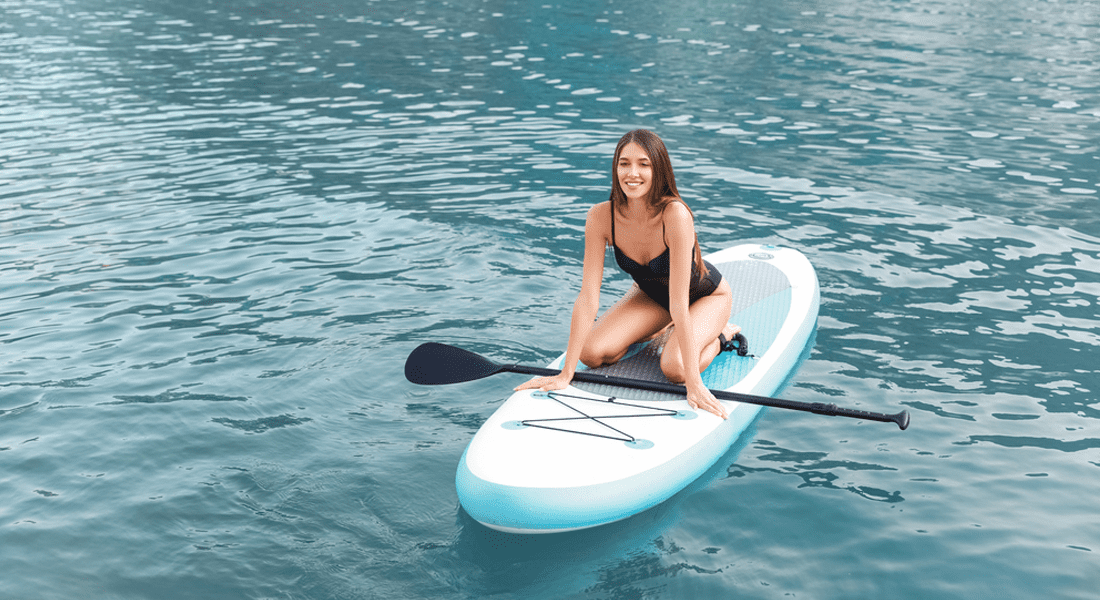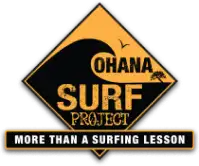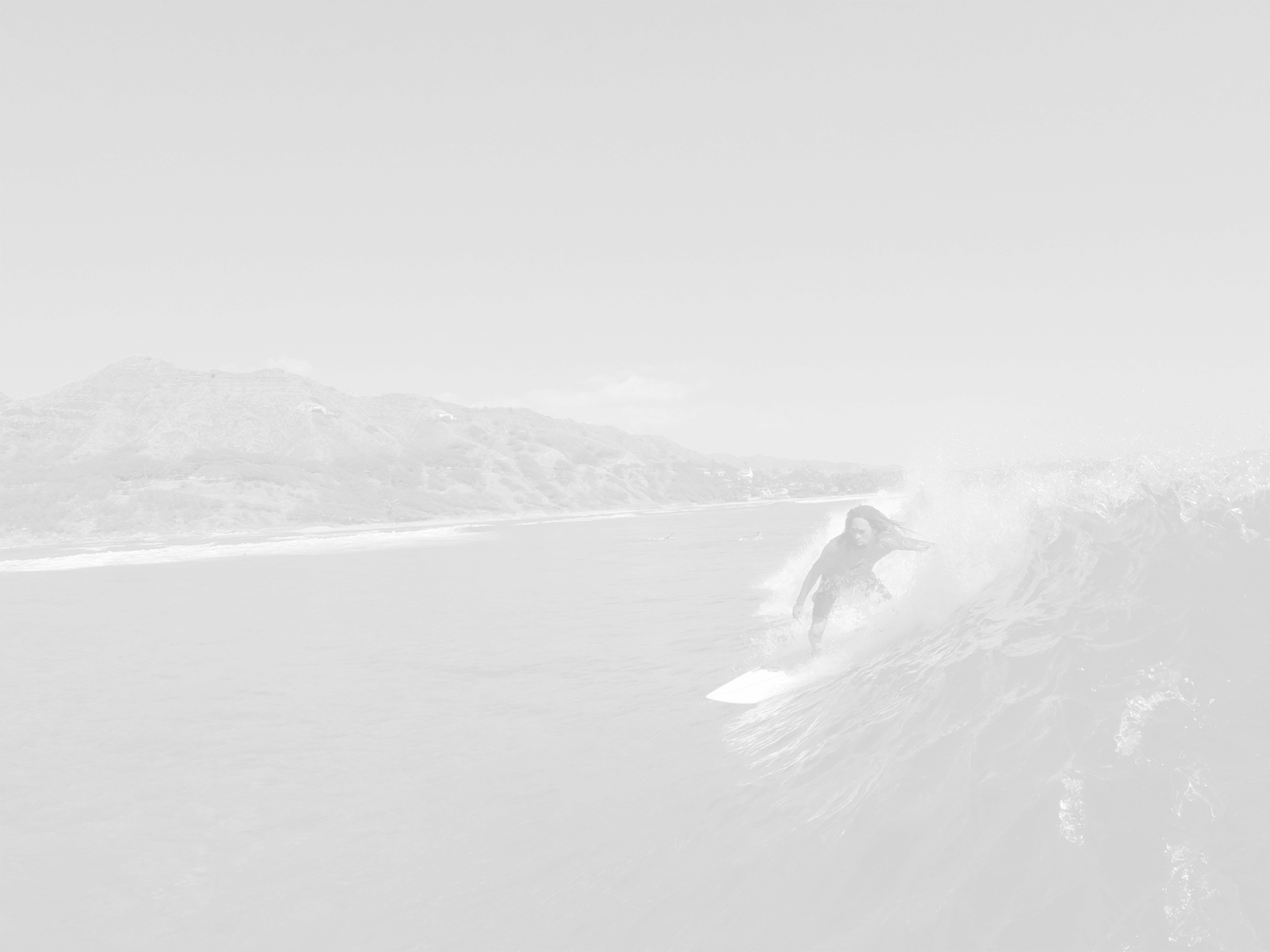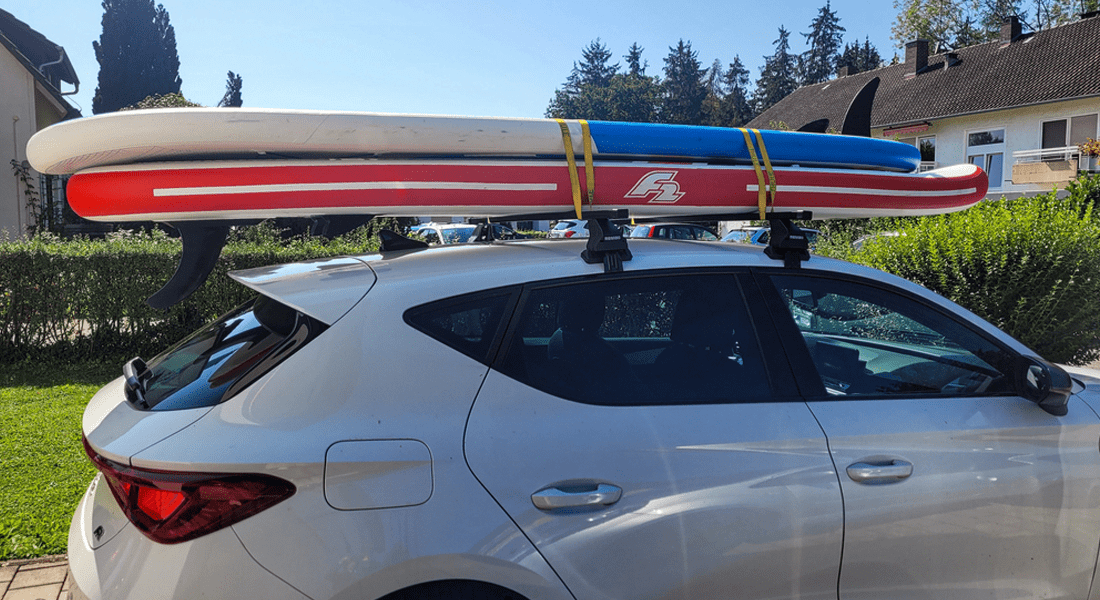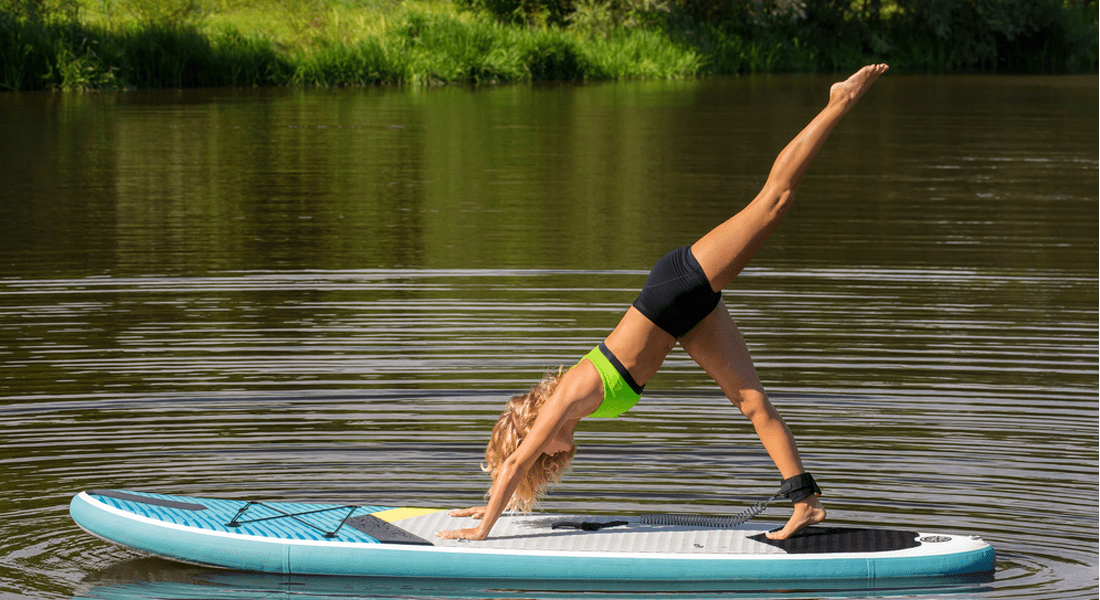Blog
How Long Does It Take To Learn To Surf?
Learning to surf is a thrilling journey filled with challenges and accomplishments. For many of us, it begins with the burning question: "
How long does it take to learn to surf?" While there's no one-size-fits-all answer, several factors can influence your learning curve. In this article, we'll explore what affects how quickly you can pick up surfing, provide a realistic timeline, and offer tips to enhance your surfing skills more efficiently. Whether you’re about to catch your first wave or looking to progress to the next level, understanding what to expect can help set the right expectations and goals.
Initial Considerations
When you first decide to learn to surf, it's important to assess the factors that might influence your learning pace. Key considerations include your previous experience with board sports, your age, and your physical fitness. Those who have prior experience with similar sports like skateboarding or snowboarding might find the basic principles of balancing and maneuvering on a surfboard more intuitive.
Additionally, younger individuals or those who maintain a higher level of fitness may adapt more quickly to the physical demands of surfing, such as paddling and maintaining balance on moving water.
Understanding the Basics
The first few hours on a surfboard are about laying the groundwork for future success. Beginners must familiarize themselves with the surfboard, understand essential ocean safety, and grasp the basic mechanics of wave formation and behavior. Initial lessons, ideally under the guidance of a professional instructor, often include learning how to lie on the board, paddle effectively, and practice popping up on the sand before hitting the waves.
During these early lessons, we emphasize the importance of patience and persistence, as mastery of these fundamental skills forms the foundation for all future surfing endeavors.
Catching Your First Wave
Catching your first wave is a pivotal moment that might come after a few lessons, depending on how often you practice. Regular practice, ideally a few times a week, accelerates familiarity with wave timing and board control. Beginners should focus on small, manageable waves, practicing how to paddle into the wave and when to initiate the pop-up.
This stage is all about overcoming initial fears and building confidence in your ability to catch and ride a wave. While it's a thrilling achievement, it also requires attention to safety and learning from each attempt, successful or otherwise. With consistent effort and perhaps some initial struggles, most beginners can experience the joy of riding their first wave within a few weeks.
Standing Up and Riding
Once you have caught a wave, the next challenge is transitioning from prone to standing. This step might seem simple, but it involves precise timing, strong core muscles, and quick coordination. Practice popping up on the sand to develop muscle memory before trying it in the water. This phase requires patience as you will likely encounter numerous falls and mishaps.
It's a natural part of the learning curve where perseverance plays a crucial role. The goal during these sessions is not only to stand up but to start feeling the wave beneath you, which dictates when to stand and how to balance. For many beginners, this stage can be a humbling but extremely rewarding part of the surfing journey, often taking several sessions to consistently achieve.
Improving Techniques and Skills
After you can consistently stand up and ride waves, the focus shifts to refining your techniques and enhancing your surfing skills. This stage involves learning to control your board, navigate across the wave face, and perform basic maneuvers like turning. Steering your board effectively requires understanding wave patterns and reacting to changes in water dynamics.
This learning phase is gradual and may extend over several months. You'll need to adapt your skills to different types of waves and conditions, which will improve your versatility as a surfer. During this time, feedback from instructors or more experienced surfers can be invaluable in correcting your form and technique, ensuring you develop efficient surfing habits that will serve you well as you progress.
Gaining Consistency
Achieving consistency in surfing means being able to handle a variety of waves and conditions with confidence. This phase is crucial as it transforms occasional successes into reliable skills. You will need to dedicate regular time in the water, ideally in different surf spots with varying wave types, to build this consistency. This might take a season or more, particularly if your opportunities to surf are limited by location or time.
The goal during this period is to solidify what you have learned and to begin pushing your boundaries. This often involves surfing in slightly bigger or more challenging waves, learning to maintain control and composure under different surfing conditions, and becoming adept at reading the ocean more intuitively.
Advanced Techniques
For those who aspire to excel beyond recreational surfing, mastering advanced techniques is the next step. This stage is characterized by learning complex maneuvers such as cutbacks, snaps, tubes, and advanced aerials. Achieving proficiency in these techniques typically requires years of dedicated practice, as they demand a high degree of precision, timing, and wave knowledge.
This part of the surfing journey is about refining and honing your skills to a high level of expertise, often with the guidance of specialized coaching and lots of trial and error. Participation in surf clinics or advanced training sessions can also provide the structured learning environment needed to tackle these challenging skills.
Lifelong Learning
Surfing is a sport where the learning never stops. Even the most seasoned surfers find new areas to explore and techniques to master. As you progress in your surfing journey, you’ll discover that each wave and each ride brings new lessons. Lifelong surfers often speak of the sport as a journey of continuous improvement and adaptation. The focus shifts from merely riding waves to expressing oneself through the surf, exploring new surf spots, experimenting with different surfboard designs, and continuously refining one’s style and approach.
Our surfing journey is as unique as each of us, and the time it takes to learn varies. By setting realistic goals, practicing regularly, and staying patient, we can all enjoy the process of learning to surf and eventually, ride the waves with confidence. Remember, the best surfer out there is the one having the most fun!
At Ohana Surf Project, we're committed to supporting every step of your
surfing journey. Whether you're just starting or looking to refine your skills, our certified instructors and wide range of lessons can provide the guidance and encouragement you need. We offer private, semi-private, and group lessons, all tailored to fit your individual experience and goals.
Contact us today to begin or continue your surfing adventure with the guidance and support of our expert team.
